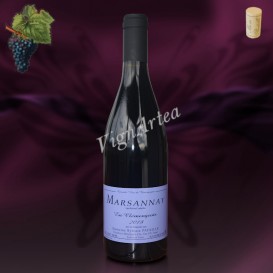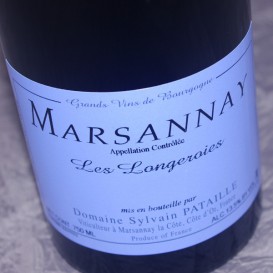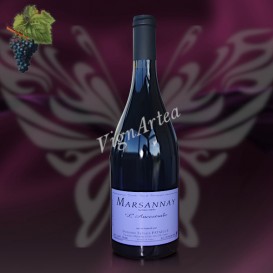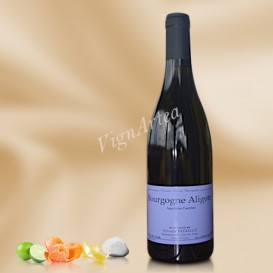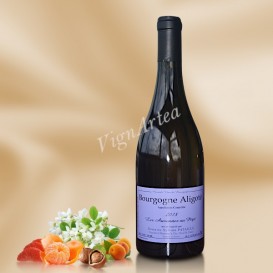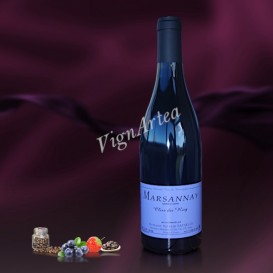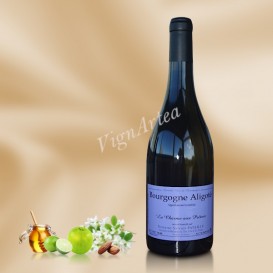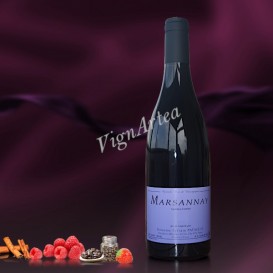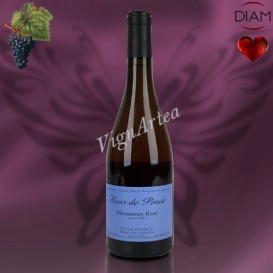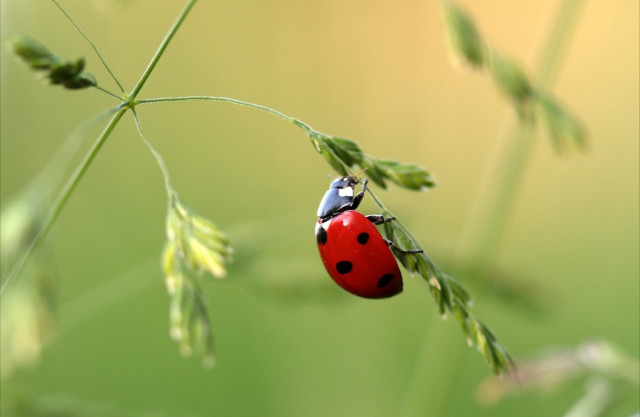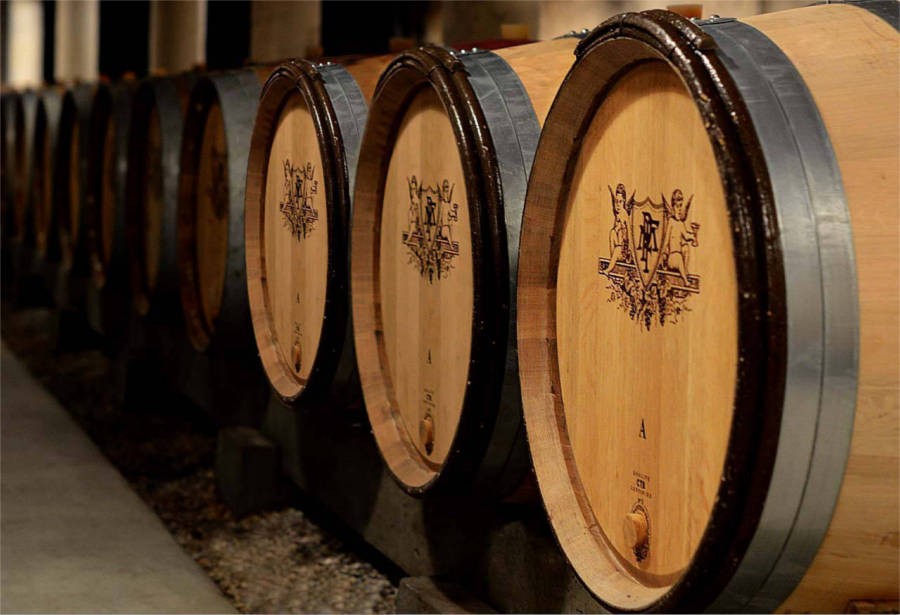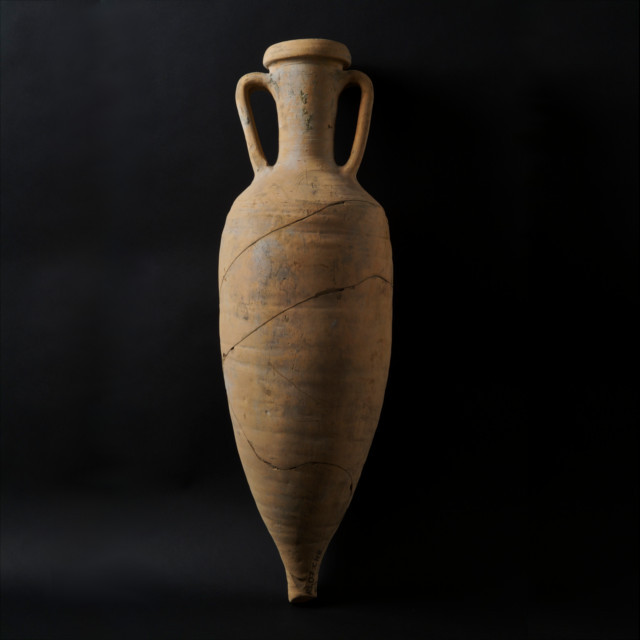Domaine Sylvain PATAILLE

BOURGOGNE 17 ha ORGANIC CULTURE WINEMAKER : Sylvain PATAILLE
ESTATE HISTORY
Native of the Marsannay village, Sylvain PATAILLE is not the child of a winemaker. However, the family owned a few vines and Sylvain, as a child, helped his father and grandfather to produce the few bottles intended for their personal consumption, what made him want to produce his own wine.
With an enological diploma in the pocket, he crisscrossed the Côte d'Or, providing his invaluable advice to several wine estates in the region, an activity that he will definitively stop in 2001.
In 1999, he bought 1 ha of Gamay vines, and a few years later, he acquired 3 ha of Pinot Noir vines to finally reach a current surface of 17 ha, with in particular the famous plots of Clos du Roy, Longeroies, Les Grasses Têtes and La Charme aux Prêtres, for which the Marsannay winegrowers are claiming the 1er Cru designation
During all these years, the domain has been restoring its very old vines and in 2008 it obtained the Organic Winegrowing certification. Currently, its desire to protect the environment pushes the estate to engage in the practice of biodynamic viticulture.
The yields are very low, from 20 to 45 hl/ha, they guarantee the production of concentrated and qualitative grapes. The horse is used to plough a part of the vineyard, around 4 to 5 ha, and the grapes that come from this part are dedicated to the production of the ANCESTRALE cuvée.
TERROIR
At the Paleozoic's end, there are -251 million years ago, the marine deposits of the Mesozoic (a following geological period which extends between -251 to -65 million years, including the Triassic, Jurassic and Cretaceous) sediment during the establishment of the first marine transgressive cycle.
The sea reached the Burgundy in the Middle Triassic (-247 to -237 million years ago) favoring clay and sandstone deposits. The gradual transition to a fairly deep open sea led to an essentially marly sedimentation in the Lower Jurassic (-201 to -174 million years ago), followed by the establishment of carbonate platforms within an epicontinental tropical sea, favoring a hundred meters thick deposit of limestone and clay sediments. The Upper Jurassic is marked by a deepening of the marly sedimentation, before the final withdrawal of the sea at the end of the Cretaceous, 65 million years ago.
Later, at the end of the Oligocene (-33.9 to -23.3 million years), tectonic movements cause the collapse of the Fossé Bressan, accompanied by an intense fracturing of the Jurassic marls and limestones which constitute the current base of the Burgundy vineyard.
In the north of the Marsannay village, from the Clos du Roy plot, until the locality La Montagne, the scree and alluvium cover the limestone basement of the Bathonian (-167 to -164 Ma) and the Callovian (-164 to -161 Ma). These brown soils are the best for the production of great wines suitable for a long cellar aging.
Further south, the estate's plots rest on a soil composed of silt and fine clay on the surface which covers the bedrock dating from the Bajocian (-171 to -167 Ma) and made up with Ostrea Acuminata marls and crinoidal limestone. This terroir produces elegant and generally less robust wines than those of the northern slope.
In the village of Couchey, the base is much more faulty, favoring a wide variety of soils within the vineyard. The latter consist mainly of marly limestone from the Callovian period covered sometimes with gravel, sometimes with fine clays and silt. The wines produced from these plots are characterized by their aromatic finesse.
WINEGROWING & WINEMAKING
In the cellar, a large part of the stems are kept during the maceration phase of the red wines, whose duration depends only on one factor: the tasting. The decision to drawn off is only taken when the tasting of the must is convincing.
For the grapes pressing, the estate uses a vertical press which allow the grapes to be pressed gently for 6 to 8 hours for both white and red wines : slow pressing avoids extracting the hard tannins from the grapes and makes it possible to obtain a limpid juice with few lees.
The vinification is done without sulphites addition, "as long as it is not necessary to add any", as Sylvain PATAILLE says. The latter are only used for stabilization purposes, at the time of racking and bottling, and at minimal doses of 1g/hl. In return, the harvest must be flawless and the grapes sorting merciless. All the single-plot wines undergo a long aging phase that lasts between 20 to 24 months, both in barrels and in demi-muids. They are neither fined nor filtered (except white wines) before bottling.
The wines being made almost in the same way from one cuvée to another, they are the pure reflection of their terroir, some have a very strong personality, but all of them offers a quality beyond reproach.
-
EN CLÉMENGEOTS 2022 (Domaine Sylvain PATAILLE)
59,90 € In stock!BOURGOGNE - AOP MARSANNAY - RED WINE
Grape variety: Pinot Noir (100%)
Total destemming Native yeasts
Ageing in old oak barrels (including 15% of new barrels) for 18 monthsInfused - Light
- Nose: slightly reduced on opening. Notes of infused red berries (redcurrant and grenadine) with a hint of balsamic.
- Palate: fluid, but slightly lacking in structure.
- Tasting date: November 2024.
- OUR OPINION: still a young vintage that may need a little rest in the cellar to develop its full potential. In its youth, be sure to decant it an hour before serving to allow it to open up a little.
- Nose: slightly reduced on opening. Notes of infused red berries (redcurrant and grenadine) with a hint of balsamic.
-
LES LONGEROIES 2022 (Domaine Sylvain PATAILLE)
70,80 € In stock!BOURGOGNE - AOP MARSANNAY - RED WINE
Grape variety: 100% Pinot Noir
No destemming Native yeasts
Ageing in oak barrels for 18 months (15% of new barrels)Delicate - Fruity - Graceful
- Nose: fruity, fresh and graceful. Notes of red berries (redcurrant, strawberry) with a hint of sweet spices and a few floral notes.
- Palate: delicate, salivating and very fine.
- Tasting date: November 2024.
- OUR OPINION: this vintage is rather graceful and delicate. With its crisp, subtle red fruit, it will appeal to lovers of light, fruity Burgundy wines.
- Nose: fruity, fresh and graceful. Notes of red berries (redcurrant, strawberry) with a hint of sweet spices and a few floral notes.
-
L'ANCESTRALE 2022 (Domaine Sylvain PATAILLE)
142,00 € In stock!BOURGOGNE - AOP MARSANNAY - RED WINE
Grape variety: Pinot noir (100%)
No destemming Native yeasts
Ageing in old oak barrels for 24 months (50% of new barrels)FINE - ELEGANT
- Nose: precise, intense and tasty. Spicy and fruity notes, aromas of strawberry, morello cherry, black pepper, coffee, and licorice, with a touch of black cumin.
- Palate: dense and full-bodied. Silky tannins. A lot of elegance and finesse. Finish on red fruit.
- Tasting date: tasting notes of the 2019 vintage.
- OUR OPINION: the tiny quantities supplied do not allow me to sacrifice a bottle for tasting. That is why I wrote the tasting notes of the 2019 vintage as an indication.
The exceptional bottle's weight (1.8kg) may result in higher shipping costs for the final shopping cart.
- Nose: precise, intense and tasty. Spicy and fruity notes, aromas of strawberry, morello cherry, black pepper, coffee, and licorice, with a touch of black cumin.
-
BOURGOGNE ALIGOTÉ 2021 (Domaine Sylvain PATAILLE)
21,00 € OUT OF STOCK!OUT OF STOCK!BOURGOGNE - AOP BOURGOGNE ALIGOTE - DRY WHITE WINE
Grape variety: Aligoté (100%)
Organic culture Native yeasts DIAM5® cork stopper
Ageing in old oak barrels for 12 months- Nose: juicy. Aromas of white peach, pear, pineapple with a hint of lemon.
- Palate: tonic and salivating, lemony and invigorating.
- Tasting date: April 2023.
- OUR OPINION: a vintage with a more mineral profile. A lot of freshness with a little airiness that distinguishes it from previous vintages.
- Nose: juicy. Aromas of white peach, pear, pineapple with a hint of lemon.
-
LES AUVONNES AU PÉPÉ 2020 (Domaine Sylvain PATAILLE)
42,00 € In stock!BOURGOGNE - AOP BOURGOGNE ALIGOTE - DRY WHITE WINE
Grape variety: Aligoté (100%)
Organic Native yeasts
Ageing in old oak barrels and demi-muid for 12 months- Nose: floral and delicate. Notes of acacia flowers, apricots, citrus fruits with a hint of hazelnut.
- Palate: tonic, mineral and lemony.
- Tasting date: tasting notes of the 2018 vintage.
- OUR OPINION: the tiny quantities supplied do not allow me to sacrifice a bottle for tasting. As those wines are of impeccable quality year after year, I wrote the tasting notes of the 2018 vintage as an indication.
The exceptional bottle's weight (1.8kg) may result in higher shipping costs for the final shopping cart.
- Nose: floral and delicate. Notes of acacia flowers, apricots, citrus fruits with a hint of hazelnut.
-
CLOS DU ROY 2020 (Domaine Sylvain PATAILLE)
61,00 € In stock!BOURGOGNE - AOP MARSANNAY - RED WINE
Grape variety: Pinot noir (100%)
No destemming Native yeasts
Ageing in old oak barrels for 18 months + 6 months in stainless steel tanks- Nose: great finesse. Notes of black pepper, leather, plum and blueberry.
- Palate: elegant and full-bodied. Fine tannins, but present. Beautiful aromatic persistence
- Tasting date: tasting notes of the 2018 vintage.
- OUR OPINION: the tiny quantities supplied do not allow me to sacrifice a bottle for tasting. As those wines are of impeccable quality year after year, I wrote the tasting notes of the 2018 vintage as an indication.
The exceptional bottle's weight (1.8kg) may result in higher shipping costs for the final shopping cart.
- Nose: great finesse. Notes of black pepper, leather, plum and blueberry.
-
LA CHARME AUX PRÊTRES 2020 (Domaine Sylvain PATAILLE)
52,00 € OUT OF STOCK!OUT OF STOCK!BOURGOGNE - AOP BOURGOGNE ALIGOTE - WHITE DRY WINE
Grape variety: Aligoté (100%)
Native yeasts
Ageing in oak barrels for 24 months- Nose: clear nose. Notes of lime and green apple, with a hint of white flowers and almond cream.
- Palate: lively, tonic and mineral. Lemony finish that stretches over a hint of honey.
- Tasting date: tasting notes of the 2018 vintage.
- OUR OPINION: the tiny quantities supplied do not allow me to sacrifice a bottle for tasting. As those wines are of impeccable quality year after year, I wrote the tasting notes of the 2018 vintage as an indication.
- Nose: clear nose. Notes of lime and green apple, with a hint of white flowers and almond cream.
-
MARSANNAY ROUGE 2020 (Domaine Sylvain PATAILLE)
36,00 € OUT OF STOCK!OUT OF STOCK!BOURGOGNE - AOP MARSANNAY - RED WINE
Grape variety: Pinot noir (100%)
Partial destemming Native yeasts
Ageing in old oak barrels for 18 months- Nose: notes of strawberry and raspberry, cinnamon and black pepper.
- Palate: round, supple and pleasantly fruity.
- Tasting date: tasting notes of the 2019 vintage.
- OUR OPINION: the tiny quantities supplied do not allow me to sacrifice a bottle for tasting. As those wines are of impeccable quality year after year, I wrote the tasting notes of the 2019 vintage as an indication.
- Nose: notes of strawberry and raspberry, cinnamon and black pepper.
-
FLEUR DE PINOT 2022 (Domaine Sylvain PATAILLE)
69,90 € In stock!BOURGOGNE - AOP MARSANNAY - ROSÉ WINE
Grape variety: Pinot Noir (100%)
Organic Native yeasts DIAM18® cork stopper
Ageing in oak barrels & demi-muid (33% of new demi-muid) & stainless steel tanks for 24 monthsComplex - Rich - Tasty
- Nose: intense and atypical. Slightly resinous notes that open onto raspberry and blackcurrant aromas, with a hint of kirsch.
- Palate: supple, tasty and plump. Cherry liqueur finish. Long-lasting aromas.
Tasting date: January 2025.- OUR OPINION: superb, a total success! This vintage is very complex, it is reminiscent of the Rosé des Riceys, with a lot of charm and character. A great rosé, ❤️ guaranteed favourite! ❤️
The exceptional bottle's weight (1.8kg) may result in higher shipping costs for the final shopping cart.
- Nose: intense and atypical. Slightly resinous notes that open onto raspberry and blackcurrant aromas, with a hint of kirsch.
-
LES MÉCHALOTS 2022 (Domaine Sylvain PATAILLE)
36,50 € In stock!BOURGOGNE - AOP BOURGOGNE - DRY WHITE WINE
Grape variety: Chardonnay (100%)
Native yeasts DIAM5® cork stopper
Ageing in oak barrels for 12 to 18 monthsRich - Fragrant - Tonic
- Color: pale yellow, slightly cloudy.
- Nose: intense. Creamy notes, aromas of white flowers, lemon and a hint of honey.
- Palate: lively and lemony, nicely perfumed.
- Tasting date: December 2024.
- OUR OPINION: a rich, fragrant vintage with a very nice acidity. Very good!.
- Color: pale yellow, slightly cloudy.
- 1
- 2

